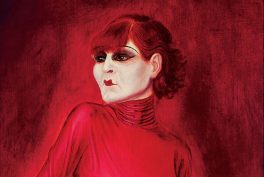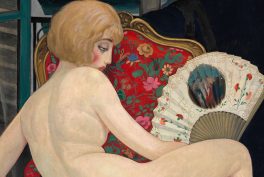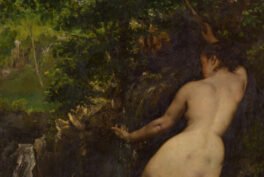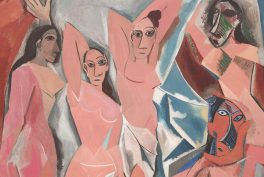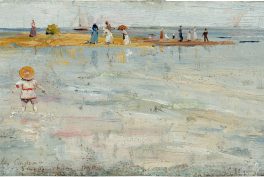Kelly Hill is a Humanities instructor at the University of Louisville. She holds an MFA in Writing from Spalding University, and she loves Impressionist, Surrealist, and Abstract Expressionist art. She's been known to bore her friends and family with discussions about representations of gender in 19th century art. If she could only look at one painting for the rest of her life, it would be Degas’s The Star.
Subscribe to DailyArt Magazine newsletter
Never miss DailyArt Magazine's stories. Sign up and get your dose of art history delivered straight to your inbox!
